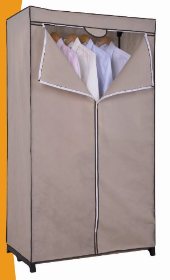


If I were to grow Moringa in a cold climate as an annual, I would start them indoors and then plant them on a sunny side of a building protected from the cold prevailing winds.
...but I would really put my energies into to growing Kale and parsley and other leafy high nutrient greens and herbs.



.....only use the first shoots of the year (15-20cm or 6-9 inches) as the adult plants are not only too tough to eat but they have a sap inside them that can leave your mouth blistered.
Many people eradicate Japanese knotweed with herbicides, but I don’t want to put poisons in my soil. Instead, each spring I hack away at the broomstick-thick shoots as they emerge and dig up as many of the gigantic, brain-like, mother rhizome nubs as I can before crumpling into an exhausted heap.
It’s an invasive weed in Ohio, Vermont, West Virginia, New York, Alaska, Pennsylvania, Oregon and Washington. About the only place where they are not upset with the plant is where it’s native, southeast Asia. What do they know the rest of the world doesn’t? It is said that Japanese Knotweed out lives the gardener and the garden.
Knotweed, in the Buckwheat family, is not liked in western nations because it grows around three feet a month, sends roots down some 10 feet, grows through concrete, damaging roads, dams, buildings and just about anything made by man.




Yone' Ward wrote:The biggest issue I have with using humanure is the five moths every year that everything outside is frozen. It has to be stored or processed underground for that time unless you are ok with dumping it on top of the snow.



R Scott wrote:Then put the mass bench UNDER the camper.
The heat will radiate up into the camper, even if it is insulated on the floor. Putting a skirt aroud it will hold more heat there so it radiates more into the camper.